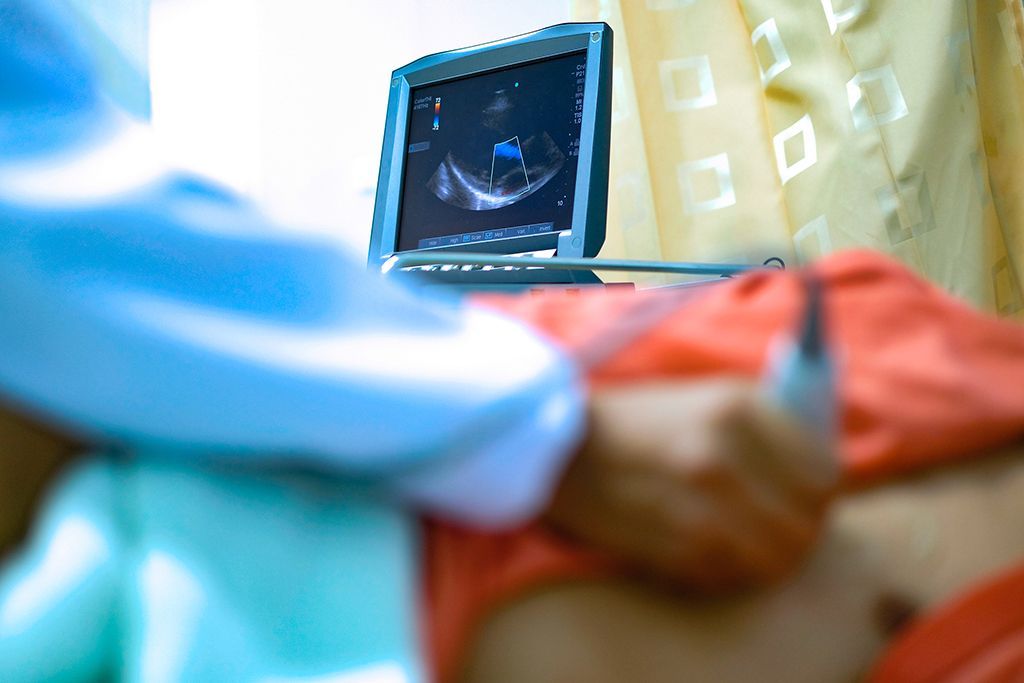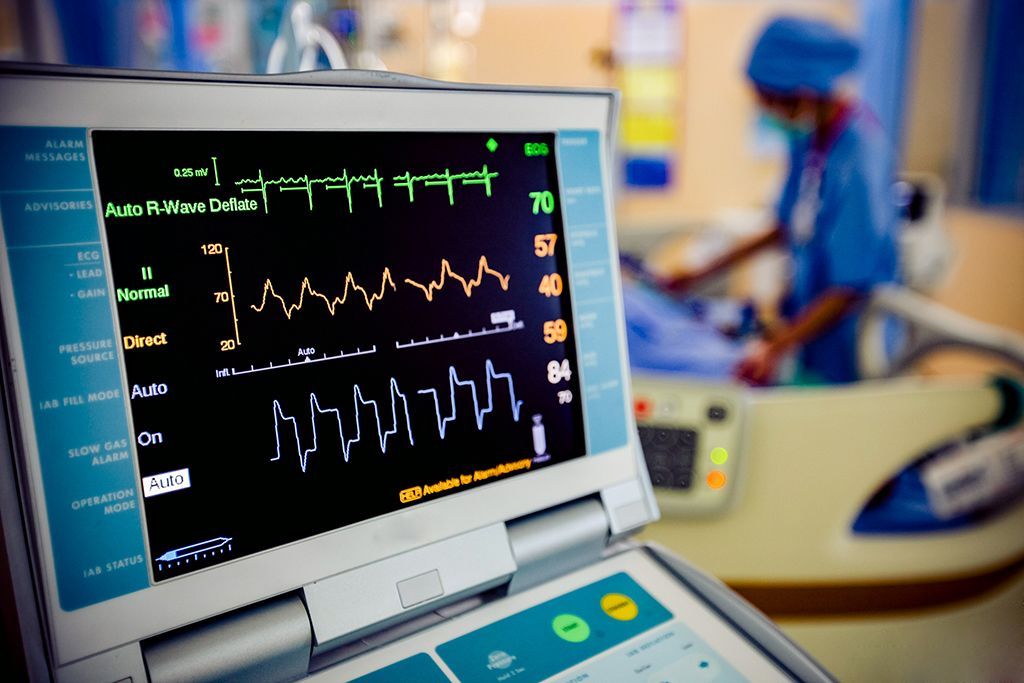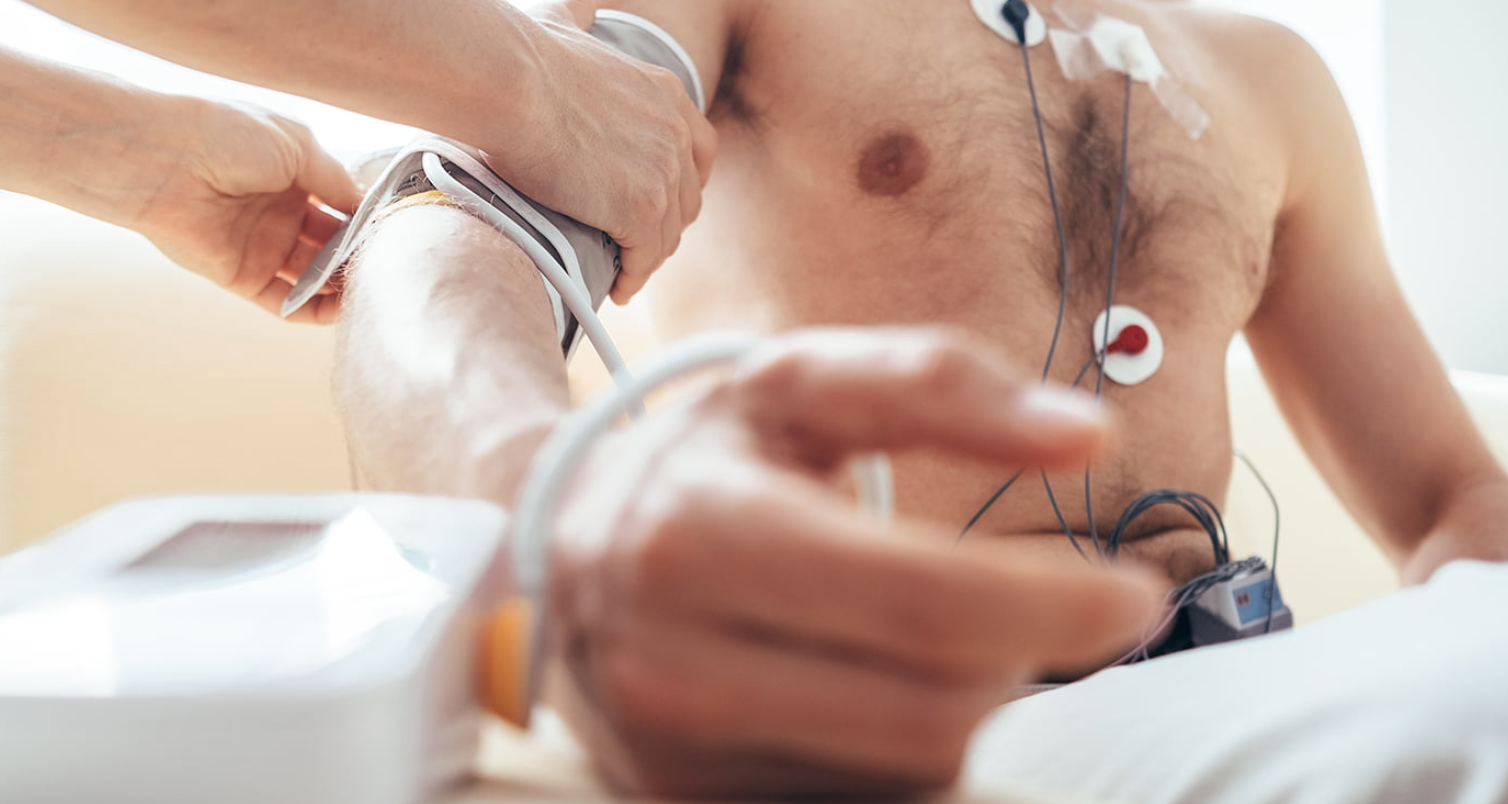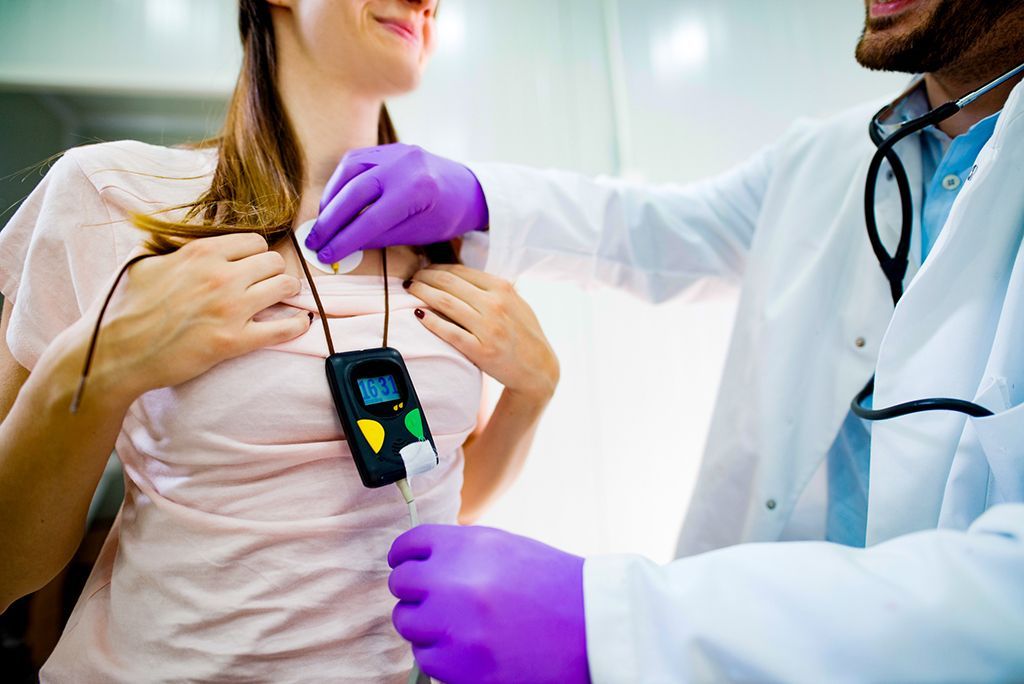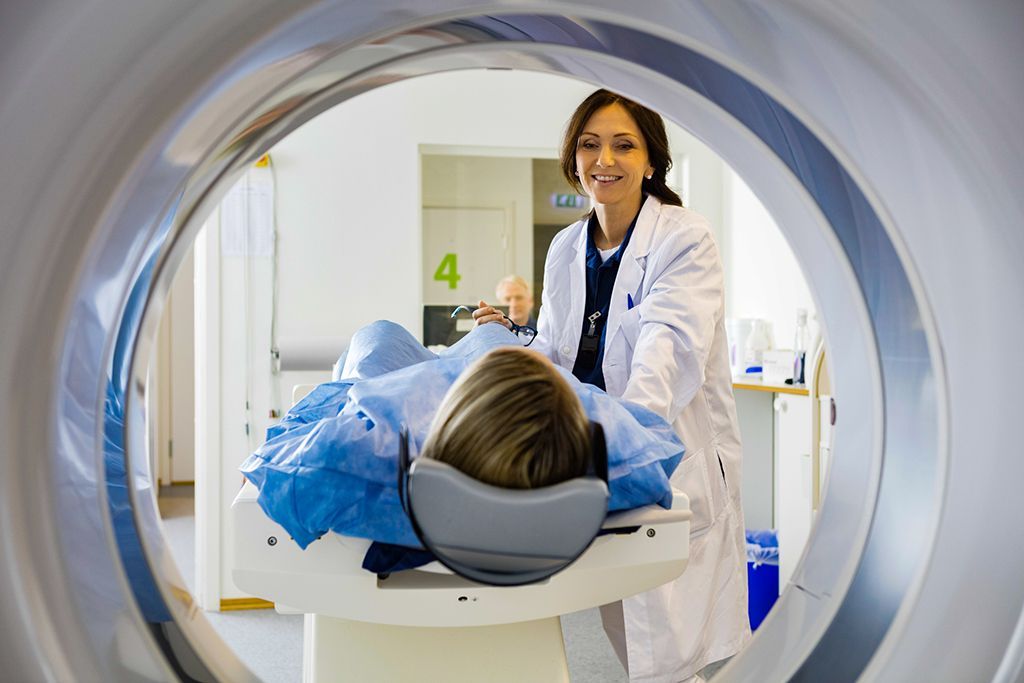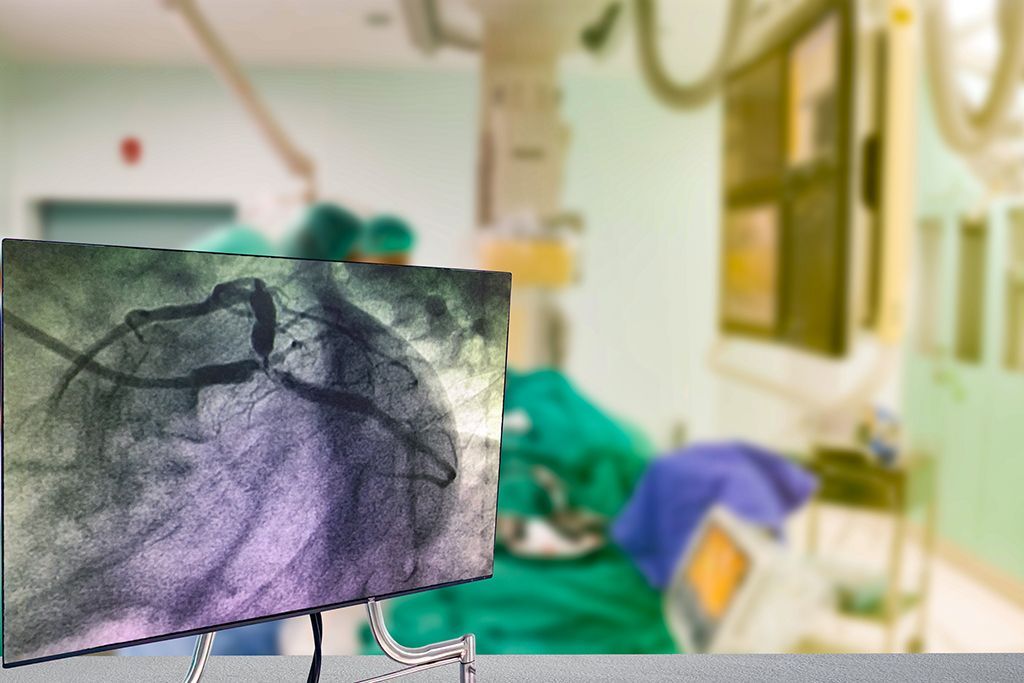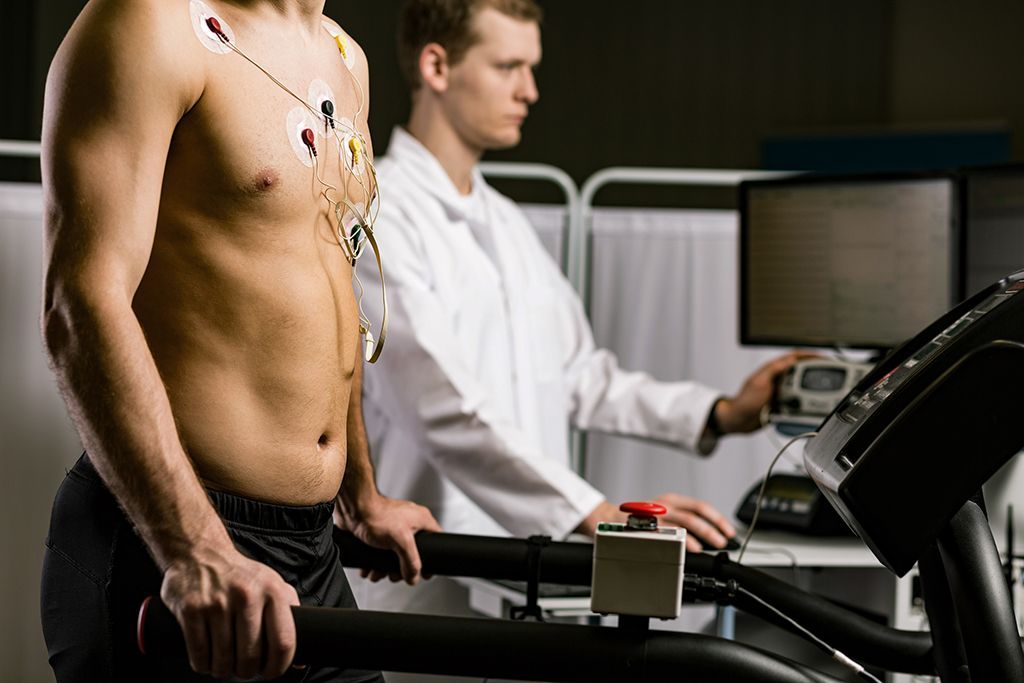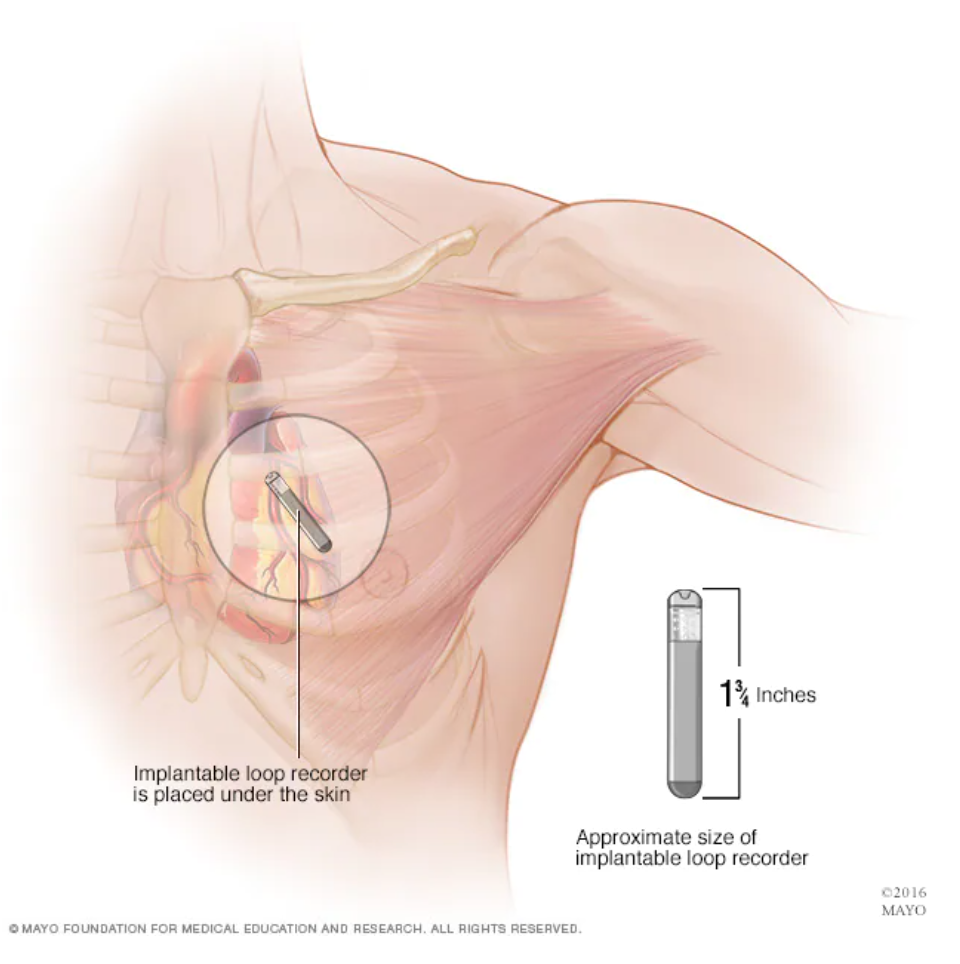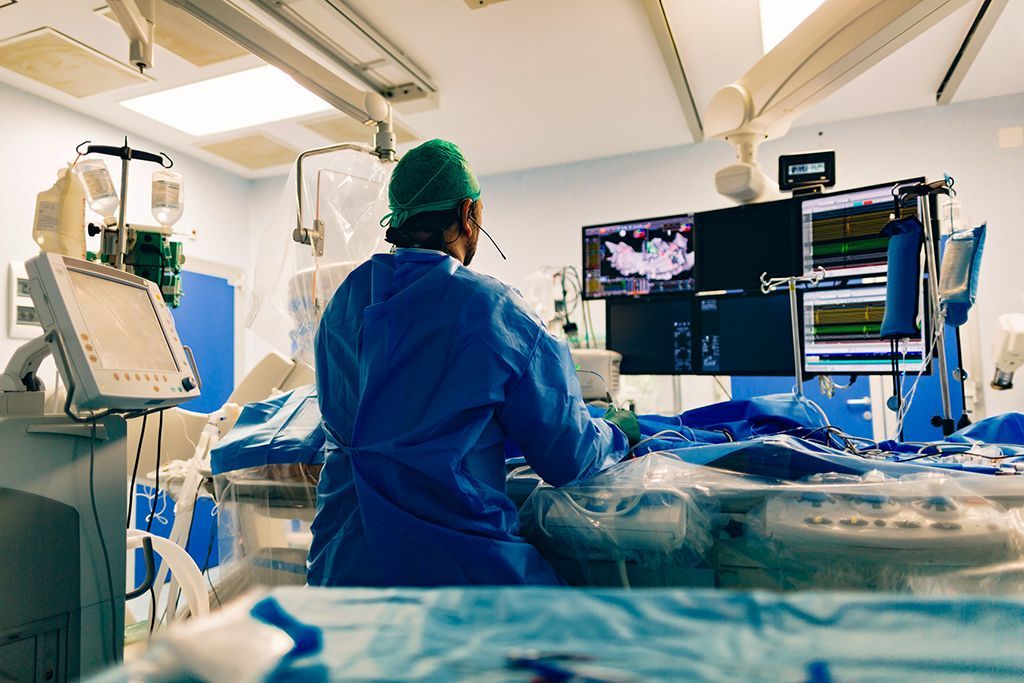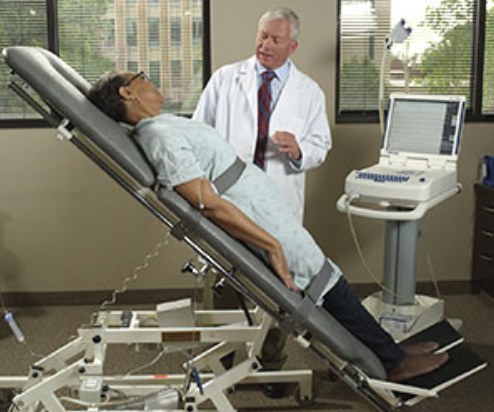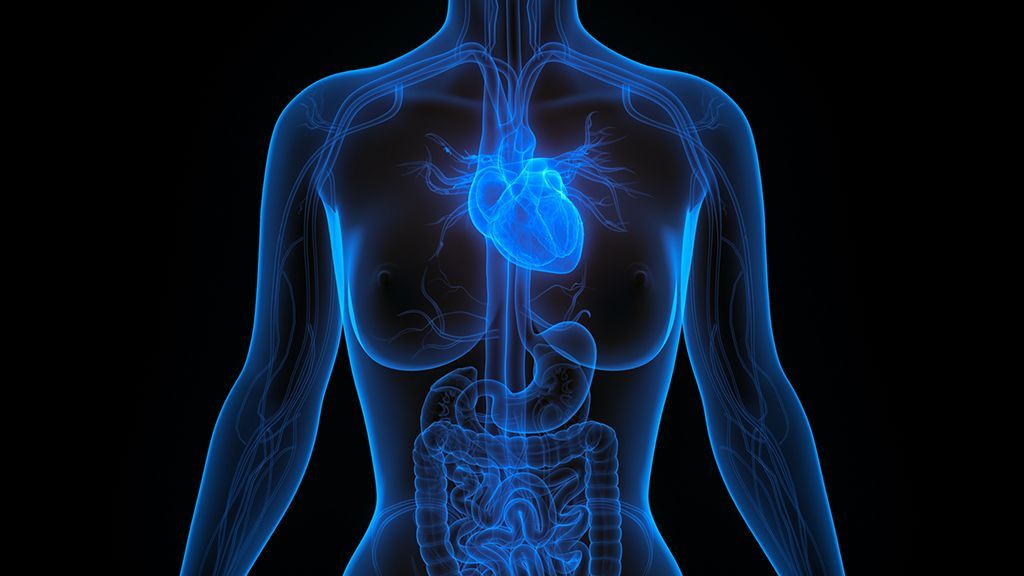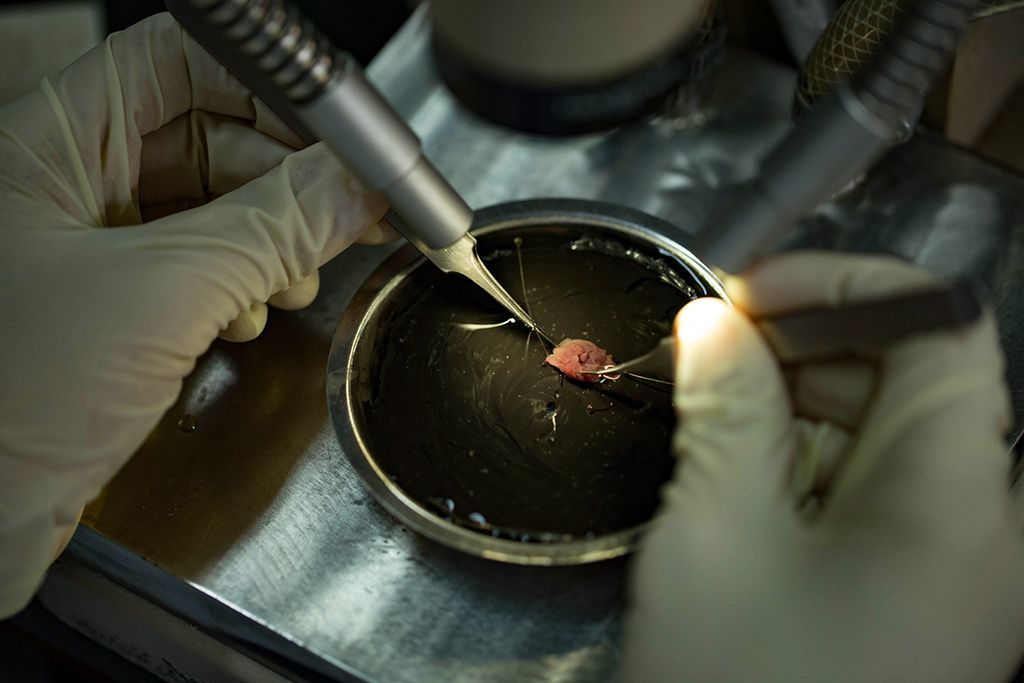HCM Diagnostic Tools
Transesophageal Echocardiogram (TEE)
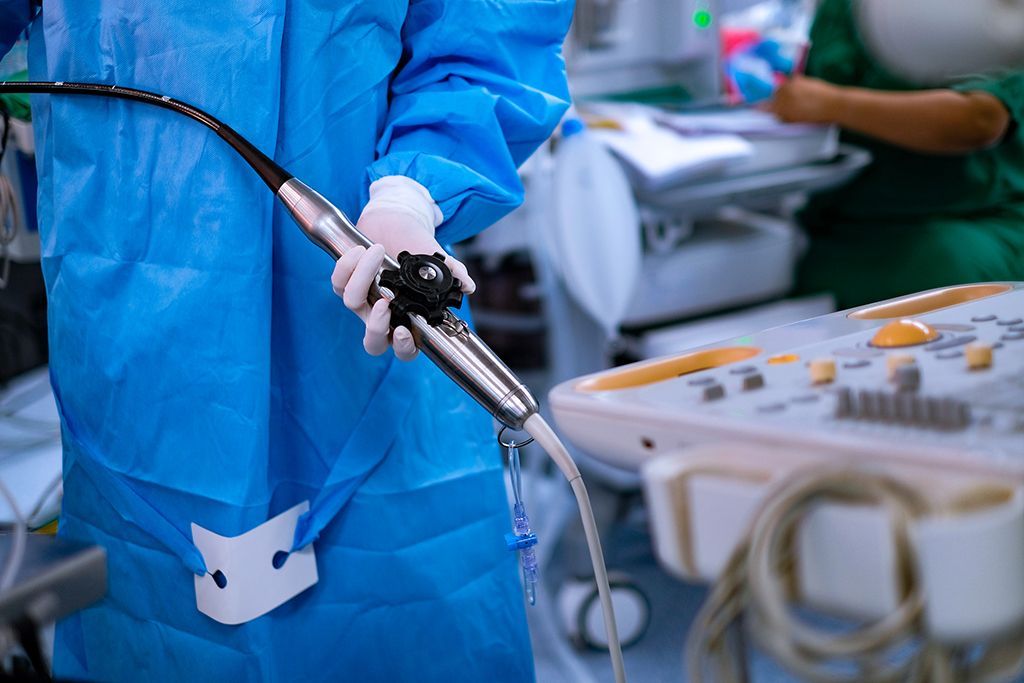
A transesophageal echocardiogram is a test that creates images of the heart. It is similar to a standard echocardiogram, but TEEs are done through the esophagus.
A transesophageal echocardiogram (TEE) provides high-resolution images of the heart in real time. It uses the same technology as a standard echocardiogram, but the measurements are taken through the esophagus rather than across the chest and ribs.
If it is difficult to get a clear picture of your heart, or if your doctor wants a more in-depth image than what is produced by the standard transthoracic echocardiogram, a TEE can be used. A TEE may also be used if you have thick chest walls, are obese, are using a ventilator, or if there is an unremovable barrier between the transducer and your chest. TEEs are also used to see whether a clot (a stroke risk) is present in the atrium. In a TEE, the transducer is passed down your throat into your esophagus.
In preparation for a TEE, your doctor will instruct you not to eat anything for several hours (at least 4-6) ahead of time. They may also discourage having alcoholic drinks for a few days before the test. After the TEE, you will not be able to drive home due to the medication you will be given. You may also be kept at the hospital for brief observation after the test.
A TEE usually lasts around 60-90 minutes. Before beginning, you will be asked to empty your bladder and then lie on your left side on the table. Your throat will be numbed with a spray or gel and you will be given medication to help you relax. Because of the sedative, your oxygen levels will be continuously monitored. Electrodes will be placed on your chest to give an EKG during the test. A thin, flexible tube with a transducer is guided to your throat into your esophagus. After it reaches the right point, the transducer will begin recording the sound waves that come from your heart. This part of the test typically lasts 10-15 minutes. A computer will convert the echoes into images that can be viewed on a monitor. When the final pictures are taken, the transducer and electrodes are removed. Your throat may be sore for a few hours after the TEE. Contact your doctor if this does not go away within a few days. You may also have trouble swallowing and have the urge to gag after the procedure. Rarely does the tube scrape the inside of your throat and cause it to bleed.
Citations:
Mayo Clinic. (2018, October 04). Echocardiogram. Retrieved October 02, 2020, from https://www.mayoclinic.org/tests-procedures/echocardiogram/about/pac-20393856
American Heart Association. (2015, July 31). Transesophageal Echocardiography (TEE). Retrieved October 02, 2020, from https://www.heart.org/en/health-topics/heart-attack/diagnosing-a-heart-attack/transesophageal-echocardiography-tee
Johns Hopkins Medicine. (n.d.). Transesophageal Echocardiogram. Health. Retrieved October 02, 2020, from https://www.hopkinsmedicine.org/health/treatment-tests-and-therapies/transesophageal-echocardiogram
Related Diagnostic Tools
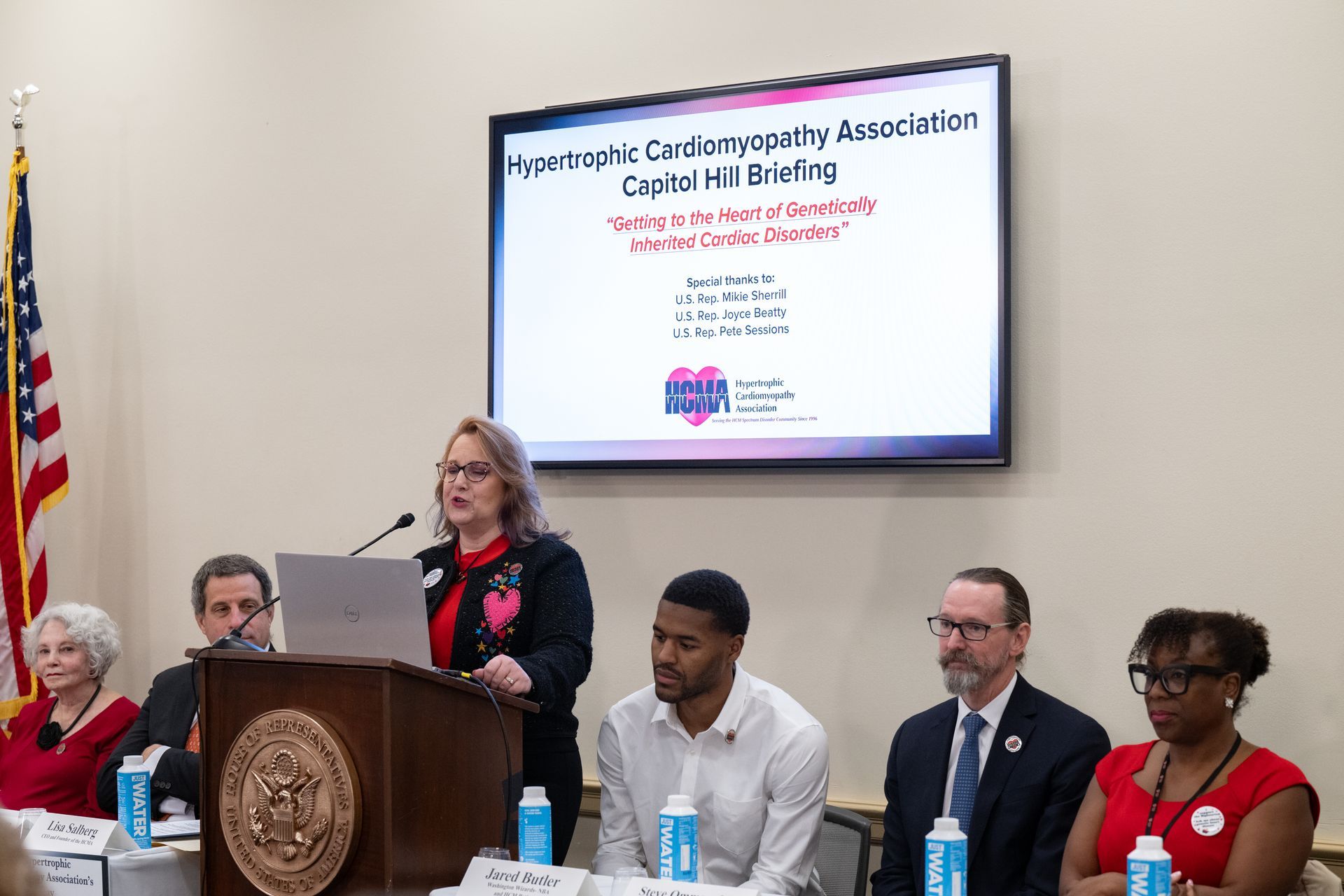
 Translate
Translate

